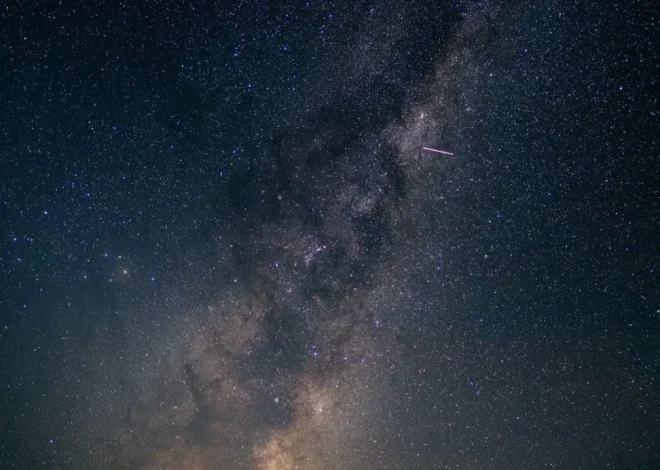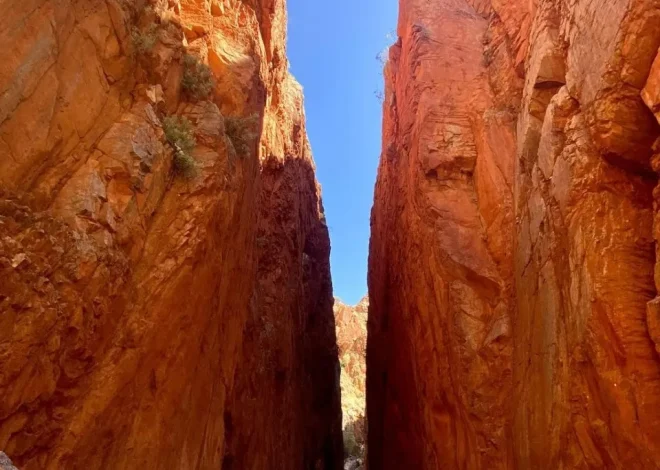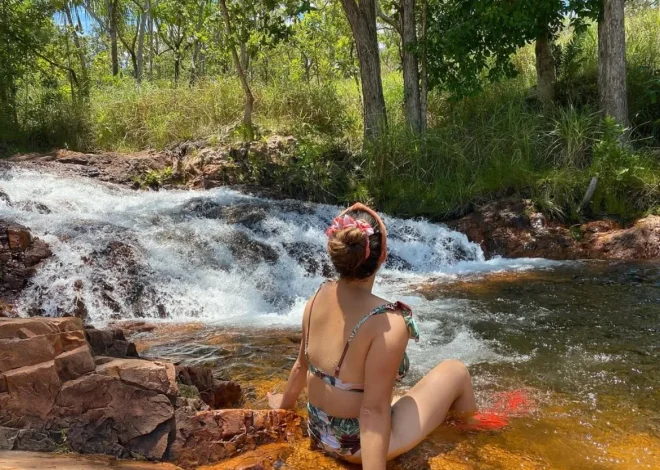
Explore the Depths of Kings Canyon National Park in California’s Sierra Nevada
Tucked away in the rugged landscape of the Sierra Nevada lies a majestic and awe-inspiring natural formation: Kings Canyon. With its towering cliffs, serene meadows, and ancient giant sequoias, Kings Canyon National Park beckons explorers from around the world. The park’s location, not far from the iconic Yosemite, offers a spectacular opportunity for a breathtaking back-to-nature experience. For those intrigued by the unique Australian Outback tours, it’s important not to confuse this American marvel with the Kings Canyon found in the Northern Territory of Australia, which is also a popular tourist destination, particularly when embarking on a Kings Canyon tour from Uluru.
Unveiling the Mystery: The Geographic Placement of Kings Canyon

Kings Canyon National Park is a sprawling expanse of wilderness located in the central part of California’s Sierra Nevada mountain range. The park covers a significant area, boasting a multitude of landscapes from deep valleys to high mountain peaks. Kings Canyon itself is a rugged glacier-carved valley more than a mile deep – one of the deepest canyons in the United States. Close by lies Sequoia National Park, its sister park, which together form a sanctuary for nature enthusiasts and adventure seekers.
Exploring the Proximity to Other California Highlights
Those planning to embark on a journey through California’s array of natural wonders will find Kings Canyon National Park conveniently located within a comfortable distance of other major tourist attractions. Just south of the park is Sequoia National Park, home to the largest trees on Earth by volume. To the north, travelers can venture to the magnificent Yosemite National Park. From Fresno, the closest major city, Kings Canyon is approximately a 1.5-hour drive, making it a worthwhile addition to any Californian road trip itinerary.
The Journey to Kings Canyon: Routes and Transportation
There are several routes you can take to reach Kings Canyon, but the most common access points are through Highway 180 from Fresno, or from the south via Highway 198 if you’re coming from Sequoia National Park. For international or out-of-state visitors, flying into Fresno Yosemite International Airport is the most convenient option. From the airport, renting a car is advisable as public transportation options to the park are limited. Here’s a list to ensure a smooth trip:
- Check the road conditions before departure, especially in winter when snow can affect accessibility.
- Fill your gas tank before entering the park as fuel stations are scarce within.
- Bring maps or have a GPS handy because mobile phone reception can be unreliable in the park.
- Consider the park’s entrance fees and have payment ready.
Navigating Inside Kings Canyon National Park
Once inside Kings Canyon National Park, the adventure truly begins. You are met with a network of roads and trails that guide you through the diverse landscapes. The park can essentially be divided into two areas: the canyon area itself and the high Sierra. Grant Grove Village serves as an entry point and offers amenities including a visitor center, market, and lodging. From here, the scenic Kings Canyon Scenic Byway (Highway 180) descends into the depths of the canyon, showcasing jaw-dropping vistas at every turn.
Premier Attractions & Activities Inside Kings Canyon
No Kings Canyon expedition is complete without visiting some of its most iconic attractions. Among these are the General Grant Tree, the second-largest sequoia tree in the world; the expansive Zumwalt Meadow; and the starkly beautiful Roaring River Falls. With over 800 miles of trails, hiking is the most popular activity, ranging from leisurely walks to rigorous multi-day backpacking trips. Before immersing yourself in the natural wonder, here is a table to guide your choices.
| Attraction | Type | Recommended For |
|---|---|---|
| General Grant Tree | Giant Sequoia | All visitors |
| Zumwalt Meadow | Meadow / Nature Walk | Family outings |
| Roaring River Falls | Waterfall | Photography enthusiasts |
| Mist Falls | Waterfall | Experienced hikers |
Best Times to Visit Kings Canyon National Park
The experience at Kings Canyon fluctuates dramatically with the changing seasons. Summer offers the most access, with all areas of the park generally open and a full range of activities available. Late spring is a time of roaring waterfalls and blooming wildflowers, while autumn decorates the park with a palette of fall colors. Winter, on the other hand, blankets the park in snow, offering opportunities for snowshoeing and skiing, but also requiring more careful planning due to potential road closures. Here are the tips for your seasonal visit:
- Check the weather forecast and dress in layers due to changing conditions.
- Plan your travel routes according to seasonal road closures.
- Summer and early fall are the best times for hiking and wilderness camping.
- Winter visitors must carry tire chains and be prepared for snowy conditions.
What to Expect When You Arrive at Kings Canyon
Prepare for an awe-inspiring encounter with nature upon arrival at Kings Canyon National Park. The elevation in the park ranges from 2,000 to over 14,000 feet, so visitors should be prepared for thinner air and some possible altitude adjustment. Temperatures can also swing significantly between day and night. Entry to the park requires a fee, with both day-use and annual passes available. For the safety of wildlife and visitors, it’s important to follow all park regulations, including proper food storage to keep bears and other wildlife away from campgrounds and lodging areas.
Conclusion: The Unforgettable Experience Awaits at Kings Canyon
Discovering where Kings Canyon is located opens the door to a realm of natural splendor unequaled by any other. Whether soaking in the serene atmosphere of Zumwalt Meadow or feeling the mist of Roaring River Falls, the park offers something for every nature lover. Kings Canyon National Park isn’t just a destination; it’s an experience that stays with you long after you’ve left its towering granite cliffs and whispering forests behind. As you embark on a Kings Canyon tour from Uluru, let the tranquility of this hidden gem bring peace to your soul and adventure to your spirit.
Frequently Asked Questions
Q1: Can you visit Kings Canyon and Sequoia National Parks in one trip?
A1: Yes, you can visit both parks in one trip as they are adjacent to each other and managed jointly. One park’s entrance fee grants access to both, offering a seamless exploration experience.
Q2: Are there any lodging options within Kings Canyon National Park?
A2: Yes, visitors can choose from various lodging options such as the historic John Muir Lodge, cabins at Grant Grove, and multiple campgrounds that cater to a range of preferences.
Q3: Do you need a permit to hike in Kings Canyon?
A3: Day hikes generally do not require permits, but if you plan to backcountry camp, a wilderness permit is mandatory. It’s best to secure your permit in advance, particularly during the high season.
Q4: Is Kings Canyon accessible all year round?
A4: The park is open year-round, but some areas are subject to seasonal closures due to snow. Always check current conditions before your visit, especially if traveling in the winter.
Q5: What kind of wildlife might you encounter in Kings Canyon?
A5: Kings Canyon boasts a diverse array of wildlife, including black bears, mule deer, mountain lions, and various bird species. Remember to observe appropriate safety measures and food storage practices.


